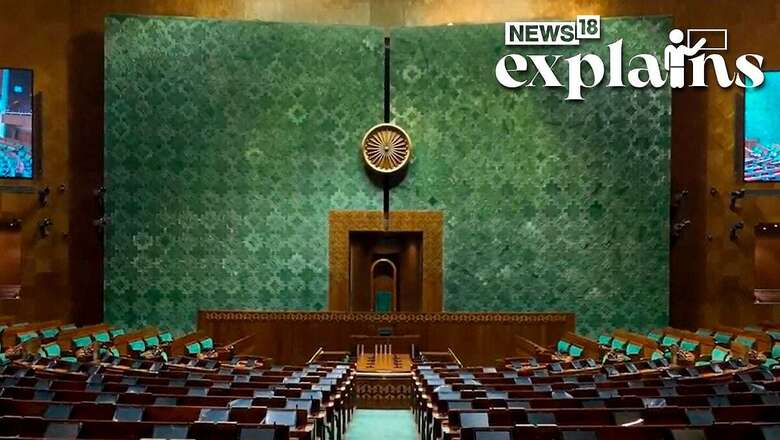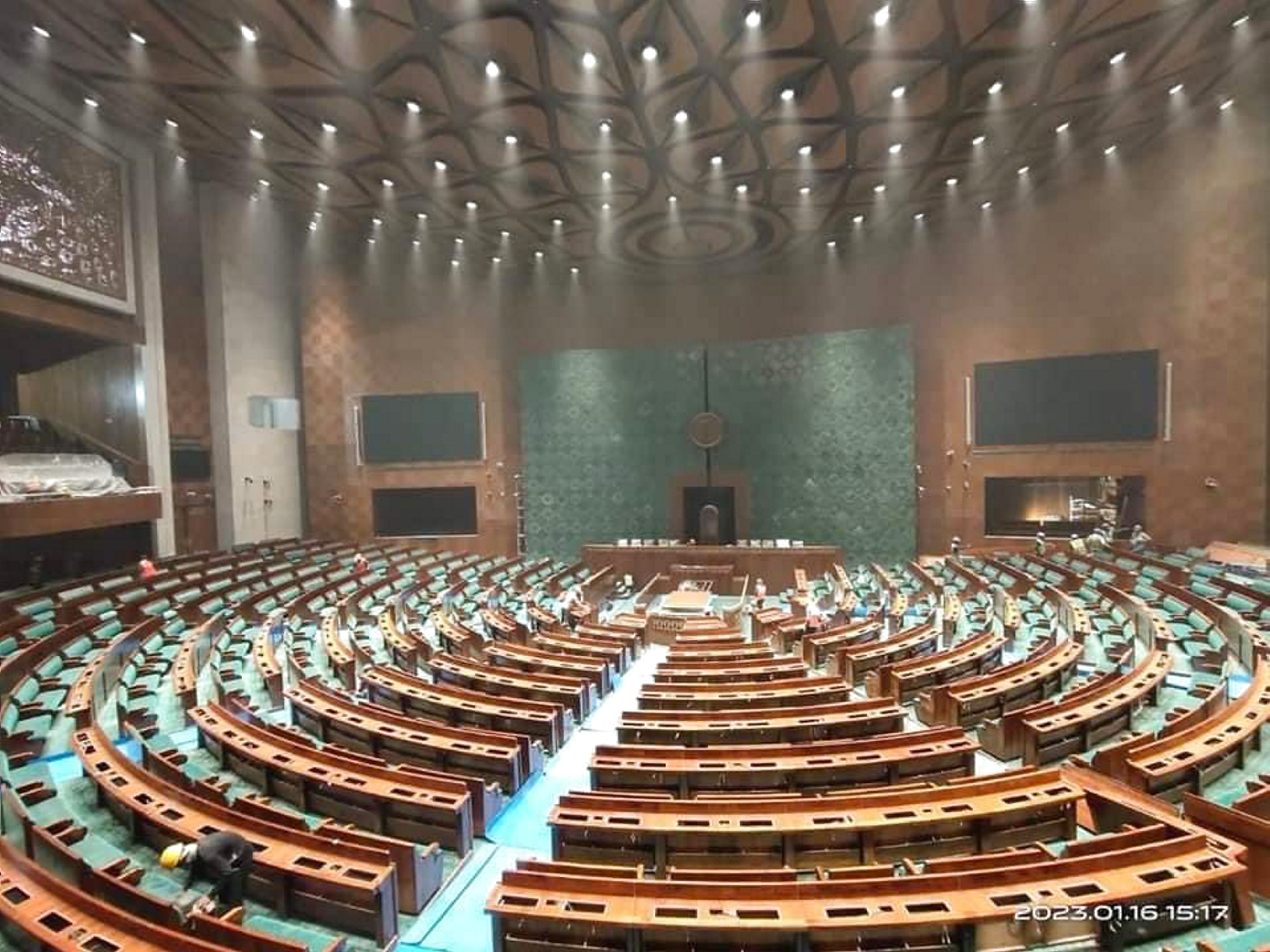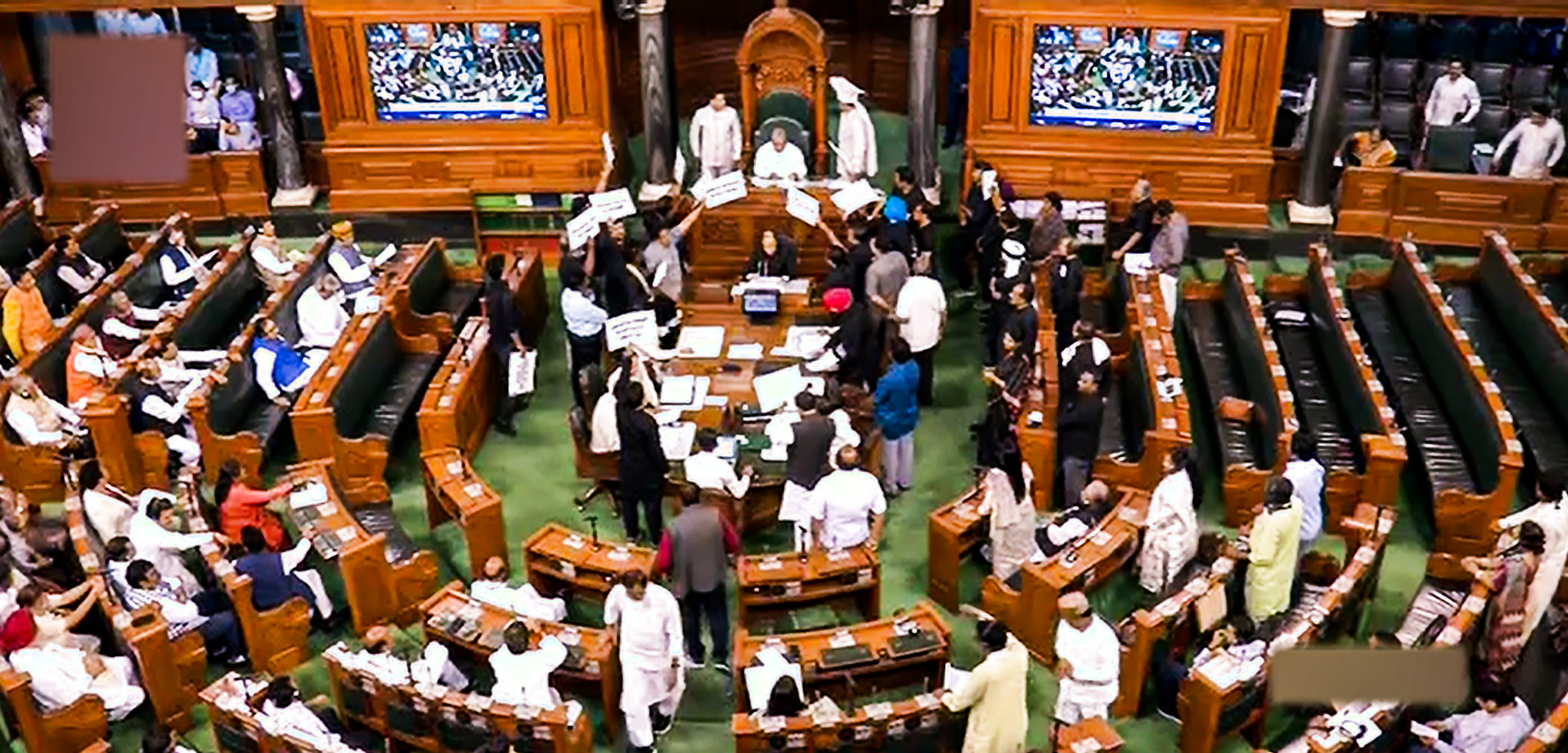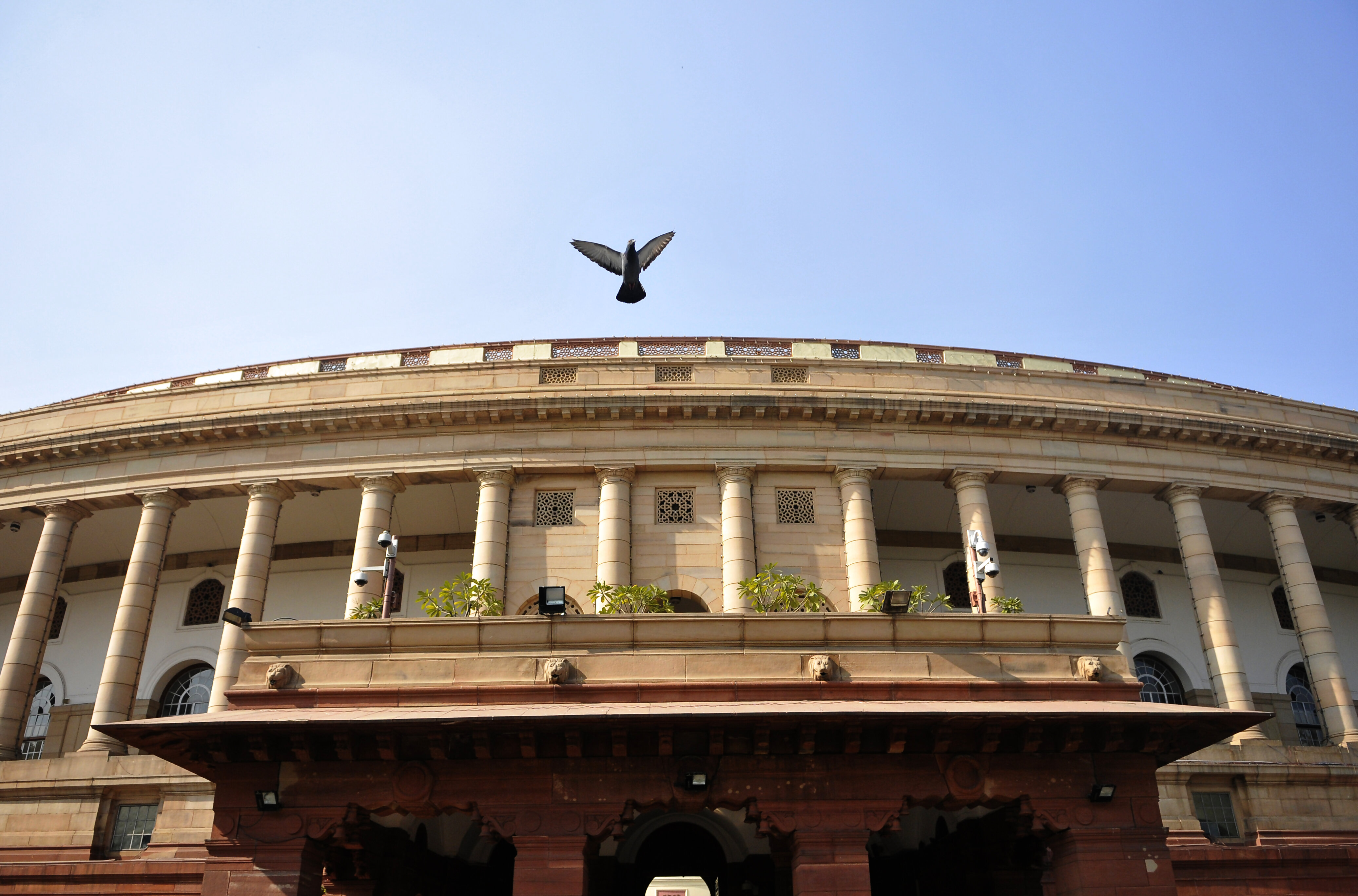
views
The alliance of 26 opposition parties belonging to belonging to the Indian National Developmental Inclusive Alliance or INDIA are set to move a no-trust motion against the government in Lok Sabha on Wednesday to make Prime Minister Narendra Modi speak in Parliament on the Manipur violence.
The alliance has already drawn up a draft of the notice and is in the process of getting the necessary 50 signatures of MPs. The opposition has to submit the notice before 10 am for it to be read out by the speaker in the House on Wednesday.
What is No-confidence motion?
If any member of Lok Sabha feels that the government in power does not have a majority, then he can move a no-confidence motion. If the motion is accepted by the Speaker, then the government has to prove its majority in the House.

A no-confidence motion can only be moved in the Lok Sabha and by any member of the House. The member has to give a written notice of the motion before 10 am and at least 50 members have to accept the motion. The Speaker then decides the date for discussion of the motion.
According to Rule 198 of the Lok Sabha, the member has to submit a written notice of the motion before 10 am which is then read out by the Speaker in the House. A minimum of 50 MPs have to accept the motion and then the Speaker will announce the date for discussion for the motion.
#BreakingNews: Opposition to move a no-confidence motion against the government in the Lok Sabha today@_pallavighosh brings us the latest details#Manipur #MonsoonSession | @aayeshavarma pic.twitter.com/ZLxahqDz7o— News18 (@CNNnews18) July 26, 2023
Normally, the motion is taken within ten days from the date on which the motion is presented by the Speaker. If the government is able to prove its majority in the House, the government wins the motion or else the ruling party has to step down.
No-Confidence Motion So Far
So far, there have been 27 no-confidence motions in the Lok Sabha, with the first against Prime Minister Jawaharlal Nehru by Congress leader Acharya Kripalani in 1963 when India lost to China in the 1962 war.
Former Congress Prime Minister Indira Gandhi faced the highest number of no-confidence motions at 15. However, she survived each of the 15 floor tests.

The duration of the longest debate on a no-trust motion was 24 hours against the second Prime Minister Lal Bahadur Shastri, who had to prove the majority in the House thrice.
The first no-confidence motion against Prime Minister Narendra Modi’s government was moved on July 20, 2018. The National Democratic Alliance (NDA) scored a thumping win with 325 MPs voting against the motion and only 126 supporting it.
VIDEO | "Regarding the no-confidence motion, we are well aware that the numbers are not in our favour. But it not about the numbers, the PM will have to speak in the Parliament following a no-confidence motion," says RJD MP @manojkjhadu on reports of the opposition mulling to… pic.twitter.com/0EMmbpSfVI— Press Trust of India (@PTI_News) July 26, 2023
Although there was little doubt over the outcome of the 2018 vote as the BJP had an absolute majority, the debate allowed the opposition to attack the government on a range of issues, including farm distress, slow economic growth and rising incidents of lynching.
What is Censure Motion?
A censure motion is an expression of strong disapproval or harsh criticism. The censure motion is a broad type of motion that can be tabled by MPs in Lok Sabha to criticise a particular government policy, government minister or the government as a whole. But there are no formal rules governing how censure motions are worded or how they work.

Like the no-confidence motion, the censure motion can only be moved in the Lok Sabha. However, while the no-confidence motion is against the government and the council of ministers, the censure motion can be moved against individual ministers or a member.
When a censure motion is passed, there is no impact on the government or the council of ministers. It is also very rare for censure motions to be passed and the government is under no obligation to find time to debate and vote on them.




















Comments
0 comment